2011.02.18 12:49
The Most Obvious Path
"Decimating much 20th-century architecture, Koolhaas rejected the modernity, which, as he put it: 'has established itself with a certain obviousness in the minds of people: that modernity that contains an embarrassing fetish for light, air and hygiene; that modernity that has a painful inability to establish any meaningful relationships with the past; or that modernity that always uses, with relentless insistence, the alibi of social utility as its reason for being.' Obviously when these deletions to architecture are made, the stock of modernism is much reduced."
-GB, 1981
2011.02.17 13:01
Generic Architecture
the myth
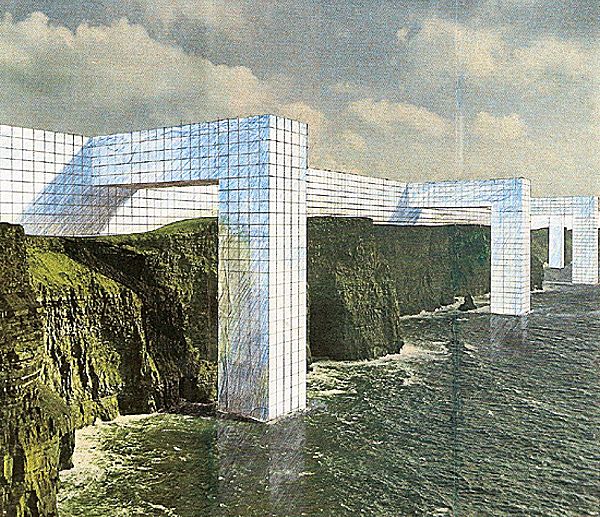
the reality

hope floats
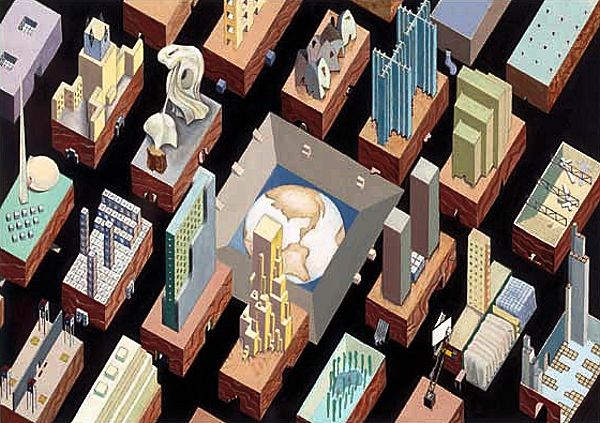
| |
2011.04.15
A Mat/Slab/Blob Genealogy
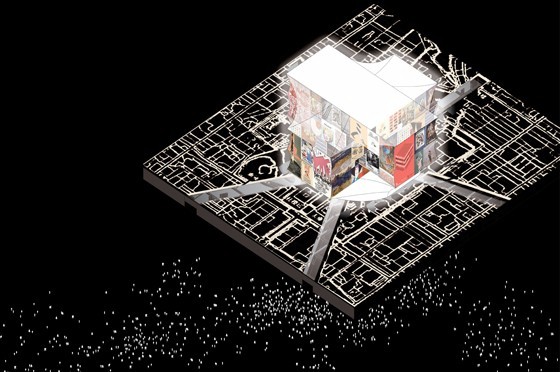
OMA, National Art Museum of China, 2011.04.04.
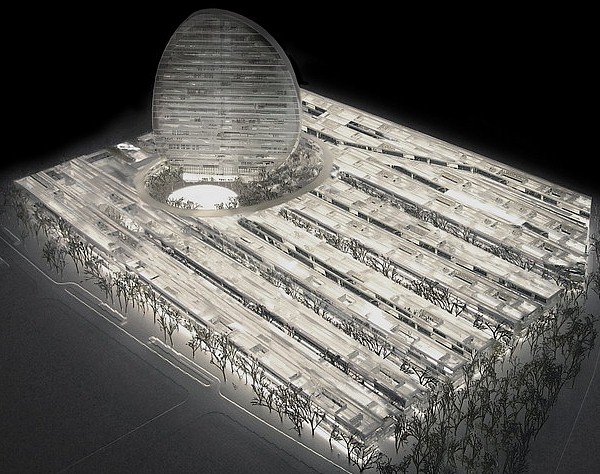
Herzog & deMeuron, BBVA Headquarters, 2008.12.17.

Quondam, Working Title Museum 002, 2000.
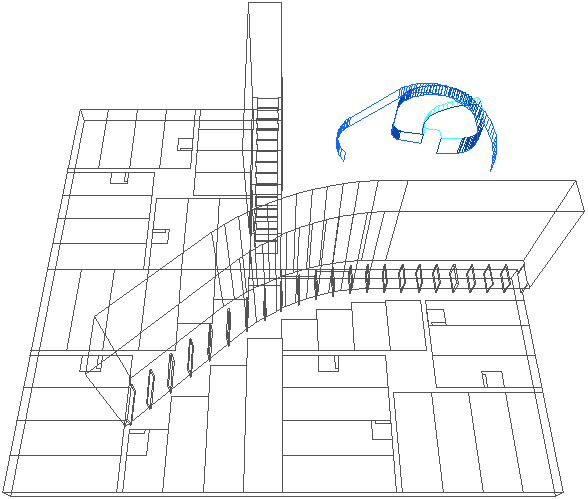
Le Corbusier, Electronic Calculation Center Olivetti, 1963-64.
| |
2011.10.03 17:20
Did deconstruction turn into blobitecture some time in the 90s?
F.T.B., please tell us when and where Arquitectonica went to school and who their teachers were. I know Fort-Brescia went to Princeton and Harvard, and Spear went to Brown and Columbia and briefly MIT, but I'm not exactly sure when, so go ahead and fill in the rest.
When I look at the early graphics of Arquitectonica, I'm immediately reminded of Zenghelis and Koolhaas, hence, it appears the real inspiration came from the (new) architecture of Delirious New York, which isn't exactly a book pitching Deconstruction.
2011.10.03 17:32
Did deconstruction turn into blobitecture some time in the 90s?
Koolhaas collaborated with Spear on the Spear Villa in 1974.
OMA (Koolhaas, E. Zenghelis, Z. Zenghelis, Vriesendrop) was founded 1 January 1975.
2011.10.04 14:02
Did deconstruction turn into blobitecture some time in the 90s?
According to Fort-Brescia, "I came down to Florida, originally to teach at the University of Miami where I taught for two years until I decided what I really wanted to do was practice and so at that point I switched." Assuming the switch point was October 1977 (or just before that), then you, F.T.B., saw Fort-Brescia's portfolio sometime early-mid 1975. And who were his teachers again?
So, your last statement above suggests that Arquitectonica diluted the ideas presented in the 1988 Deconstructivism exhibit, but Arquitectonica was already diluting those ideas in the mid-late 1970s? And this is based on your seeing Fort-Bresicia's portfolio something like 36 years ago?
For a very good representation of Arquitectonica's earliest work see GA Document 7, August, 1983 (and compare these early projects to the OMA projects presented within Delirious New York).
2011.10.08 09:14
Did deconstruction turn into blobitecture some time in the 90's?
In the meantime, take a look at Koolhaas and Oorthuys's "Ivan Leonidov's Dom Narkomtjazjprom, Moscow" published in Oppositions 2, January 1974. Arquitectonica's Capital Park West is clearly a decendent of Leonidov's project (via Koolhaas).
2011.10.08 10:44
Did deconstruction turn into blobitecture some time in the 90's?
[M]y contention with you is not whether Deconstructivism has roots in Constructivism, nor whether there was a neo-constructivism school of thought brewing in the early 1970's, rather my contention is with your sloppy historical analysis. And you really cannot discount Koolhaas's role as a leading protagonist of neo-constructivism. Plus, I now would like to know more about Zenghelis's role at the AA, and whether it was he that introduced the Constructivist aesthetic there (and to Koolhaas even).
As to Arquitectonia being second rate (which seems to be your main point), I like their early work exactly because it is derivative, where what is derived is fairly evident and the process of designing derivatively is something to learn from (rather than just denigrate). Plus, they were the first to get 'neo-constructivism' built, and built big.
|